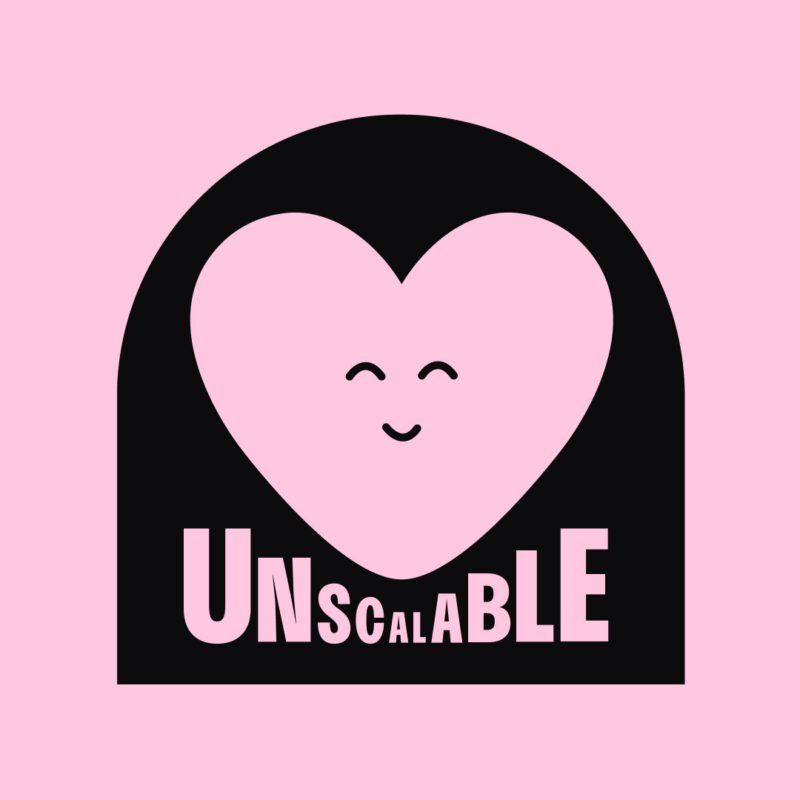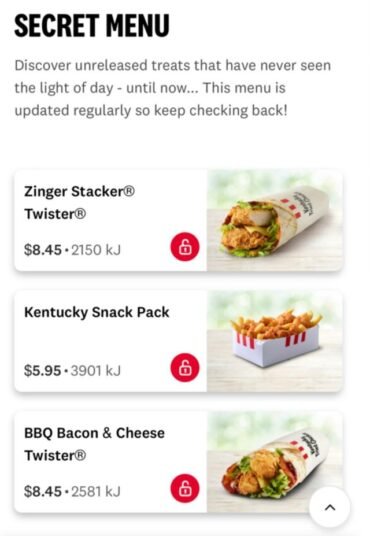Cheat Code: Unscale to scale up
Instead of aiming for small impacts on big audiences, consider making bigger impacts on smaller ones, says Dan Monheit, CEO of Hardhat. Mumbrella.
One of the blessings of being a market-leading brand is the ability to activate at scale. The downside is that often, this opportunity is an expectation. Whether developing new products, services or comms, market leaders feel compelled to create with an audience of millions in mind. Within these organisations, experience has shown me that even the edgy, agile, ‘test and learn’ initiatives carved out to the side are taken on with the knowledge that if they ‘work’, they’ll be rolled out more broadly.
One of the most significant advantages of market leadership is the mindset and ability to operate’ at scale’. It’s also what makes leading brands so difficult to chase down. While it has its benefits, the ‘pursue only that which scales’ mindset also has its drawbacks, especially in comms. For one, actions at scale tend to create, by definition, smaller impacts on larger groups of people. For challenger brands, who are not wedded to this approach, there’s an opportunity to invert this thinking.
What if you set out to create a tremendous impact on a relatively small group of people, knowing full well that it could never scale beyond that? Sure, it feels almost blasphemous even typing that when so much of what we’re taught is about going big or going home.
Love it or hate it, the marketing funnel is still discussed in more presentations than we care to admit. Like the food pyramid, the funnel clearly illustrates where we’re meant to focus our attention: smash the carbs and spend big on awareness.
However, instead of focusing on broad-reaching awareness (an expensive strategy that challenger brands can never afford to win) and obsessing about our own sales goals, what if we flipped the funnel and focused on ways of becoming more valuable, impactful and meaningful for a small group of customers?
This notion also forces us to think deeply about our customers’ problems and how we can solve them, sending you back down the path of ‘extreme value creation’. Something most successful businesses obsess over in their early days but tend to forget about as they scale.
Naturally, it needs to have the right kind of impact on the right sort of customers to reinforce your brand platform in a compelling or dramatic way. It also needs to be financially viable and create talkability, even if only initially amongst the group you’re ‘unscaling’ for.
But challenger brands who can pull off the unscalable are up for more reward than they might anticipate. Human nature dictates that extreme value creation is a two-way street. Going above and beyond for one customer group often results in a sense of obligation from those customers to reciprocate the favour.
This mindset is deeply rooted in reciprocity bias. Behavioural science has proven that humans have an innate desire to help those who’ve helped them. To understand this behavioural bias, remember an awkward moment when you were given an unexpected gift and didn’t have one to exchange in return.
This deeply uncomfortable feeling is the manifestation of reciprocity bias, which also compels us to pay buskers, argue over who pays the bill, and buy a case of wine after a cellar door experience.
It is also why unscalable initiatives are a staple of luxury brands, where margins are high and switching costs are low. For example, Maserati knows that buying one of their cars this time doesn’t automatically mean you’ll buy one next time. So, the carmaker spends an estimated 25 percent of its marketing budget on the top five percent of its customers.
A new Maserati owner’s journey doesn’t end with the sale; it signals an entrée into a super exclusive club. New buyers join the Maserati family or La Familia and are invited to special dinners to network with other high-flying owners. They also receive exclusive access to money-can’t-buy events and experiences, such as racetrack days and sitting in on rehearsals with the Australian Chamber Orchestra. Beyond the car itself, the value that the La Familia membership creates provides a compelling reason for customers to keep buying Maseratis over Porsches.
Taking it from the high end to the high street, an unassuming pub in the outer suburbs of Melbourne runs one of the best ‘unscalable’ initiatives I’ve seen. Watsonia RSL, a favourite of locals since 1952, runs a courtesy bus seven days a week. Every hour on the hour, the bus leaves the pub’s front entrance to pick up and drop off patrons within a 10km radius. While it would never be feasible to scale up this service for all pub clientele, it does make a massive difference for the people who use it, including many retired service people.
Many years ago, I learned the power of unscalable moments when our agency worked with PFD, the biggest challenger brand in the foodservice category. Our initial brief was overhauling their online ordering system and helping turbocharge growth through digital channels. We built a magnificent digital experience where customers could browse, search, filter, favourite, re-order from previous transactions and get recommendations based on the ordering patterns of similar businesses. While it worked beautifully for most of PFD’s client base, a group of high volume, high-value customers showed almost zero uptake.
Through interviews and site visits, we identified that this group was comprised of very long-term customers who were well-versed with the stock codes and quantities required for everything they needed to order. Searching and filtering were painful and unnecessary for them. In truth, all they wanted was a text box where they could punch in their desired stock codes and quantities, hit enter, and be done with it.
From a technical perspective, this feature was an easy addition. We also knew that it was irrelevant and/or impossible to use for most of PFD’s customers. However, for this small, valuable audience, it proved to be the great unlock for adoption and a highly effective way to fend off competitor activity.
Lululemon’s Sweat Collective zeroes in on fitness professionals, instructors, and coaches, providing a unique discount program access and specialised training programs and events. This drives direct sales and builds community, and the brand gets a disproportionate upside when all the gym trainers are decked out in Lululemon.
Meanwhile, KFC struck PR gold when it created a secret menu in its mobile app to engage its most hardcore users. Unless you were in the know, namely KFC loyalists, gamers, and ‘herbalists’, you wouldn’t know to scroll down to refresh and hold the screen until a secret menu option appeared. Within it, you’ll find custom, weird, wonderful and super generously portioned meals, including fries loaded with popcorn chicken, for just $5.95. While these menu items are limited in their appeal (and commercial viability), certain pockets of the KFC customer base just can’t get enough, driving a wave of positive PR.
A similar approach was taken by Simply Energy (now ENGIE) in 2023 when it recognised that more customers would increasingly face financial challenges due to skyrocketing interest rates and a changing economic climate. Many of these customers were facing financial hardship for the first time and Simply Energy figured that these customers may be too proud, or not know how to access help. Simply Energy built a multi-million dollar matching fund and expanded its program of help and support to include content, flexible payment options, and referrals to financial counselling services. Simply’s empathy and generosity had a massive impact on a small group of people at a time when they needed it most. It also created positive press and inspired the creation of similar programs in other energy retailers across the country.
The ultimate goal of an ‘unscalable’ approach is to have a disproportionately large impact on a relatively small group of customers by asking where a little extra effort could go a long way. When done well, this might just leave those customers telling anyone who’ll listen that choosing your brand was one of their best decisions.
To get started, consider all the traditional and non-traditional ways of splitting your customer base. Sure, there’s age, location and household income, but working with our clients has already turned up many more interesting opportunities; people who visit a university’s website between midnight and 2 am. Customers of a pharmacy group who are concerned about their kids vaping. Members of an industry association who also sit on boards of NFPs.
Creating initiatives specifically for these groups costs way less than producing far-reaching TVCs, and we can already see how the impact can be tremendous.
Dan Monheit is CEO of Hardhat.




